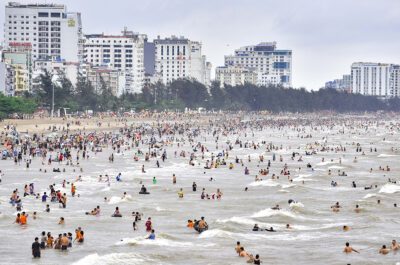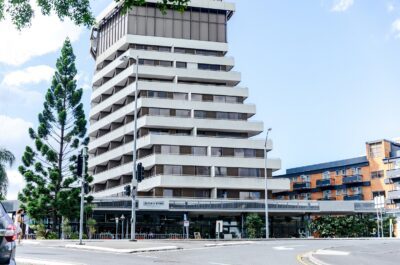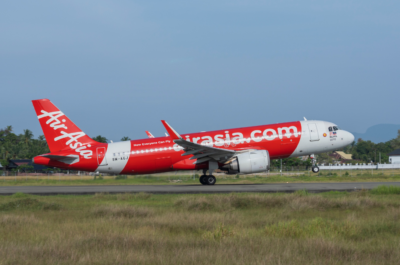The UN estimated on the week end that the number of dead could reach 4,460 while 2.5 million people still "urgently" requires food assistance.
MANILA– It took close to a week for Philippines government to control the situation in typhoon-ravaged areas. In the first days following the devastating catastrophe which turned into rubbles many cities and villages of the Visayas, scenes of looting and even rapes were to be seen in Tacloban city, Leyte Island’s provincial capital, according to survivors.
AFP news agency reported that order started to return last Friday as security presence were scaled up while humanitarian aid was finally reaching devastated areas. Philippine military spokesman Lieutenant Colonel Ramon Zagala said 15,000 troops have been deployed in storm-struck areas. In Tacloban city, where a night curfew has been imposed since Monday, over 1,200 policemen have been deployed. “Things are looking very different here than they were when we arrived,” said US Air Force Captain Jon Shamess of the 320th Special Tactics Squadron to the AFP.
On a positive note, aid from all around the world continue to pour into the country, arriving from Governments agencies thanks to donations from countries but also from private people and particularly from associations of Filipino living abroad. Food and medical aid started to arrive to victims on the week end. The arrival of aircraft USS George Washington from the US Army on late Thursday helped to deliver 118 tons of food, water and shelter items to Tacloban and elsewhere, and airlifted nearly 2,900 people to safety. UN agencies indicated that more than 170,000 people had received rice rations or food packets, while the Red Cross and Medecins Sans Frontieres (Doctors Without Borders) indicated to have put into service mobile surgical unitsin Tacloban over the week end.
Philippines authorities announced on November 16 that 3,633 died in Typhoon Haiyan while 1,179 people are still missing and 12,500 injured according to news agency AFP. National Disaster Risk Reduction and Management Council Spokesman Reynaldo Balido said the figures resulted from reports compiled by local government units (LGUs). “The LGUs did not report immediately” because “they have to be careful in their reporting,” Balido declared to AFP. “They have to validate everything. The clearing operations of roads and communities are on-going and we will see if there are more dead bodies (underneath the debris).”
Uncertainties reign over the total number of Typhoon victims. Early last week, the UN’s Office for the Coordination of Humanitarian Affairs (OCHA) announced that the number of deads was likely to reach at least 10,000 people. The information was denied a day later by Philippines President Benigno Aquino who declared that the number was “too much,” putting the total of victims around 2,500.
Meanwhile, an estimated 13 million people were affected by the storm, including nearly 1.9 million displaced survivors. However, UN Chief for the Coordination of Humanitarian Affairs Chief Valerie Amos declared to AFP that the agency had “no way of verifying and that it would take a long time to have an accurate assessment”.
Luc Citrinot a French national is a freelance journalist and consultant in tourism and air transport with over 20 years experience. Based in Paris and Bangkok, he works for various travel and air transport trade publications in Europe and Asia.






















































